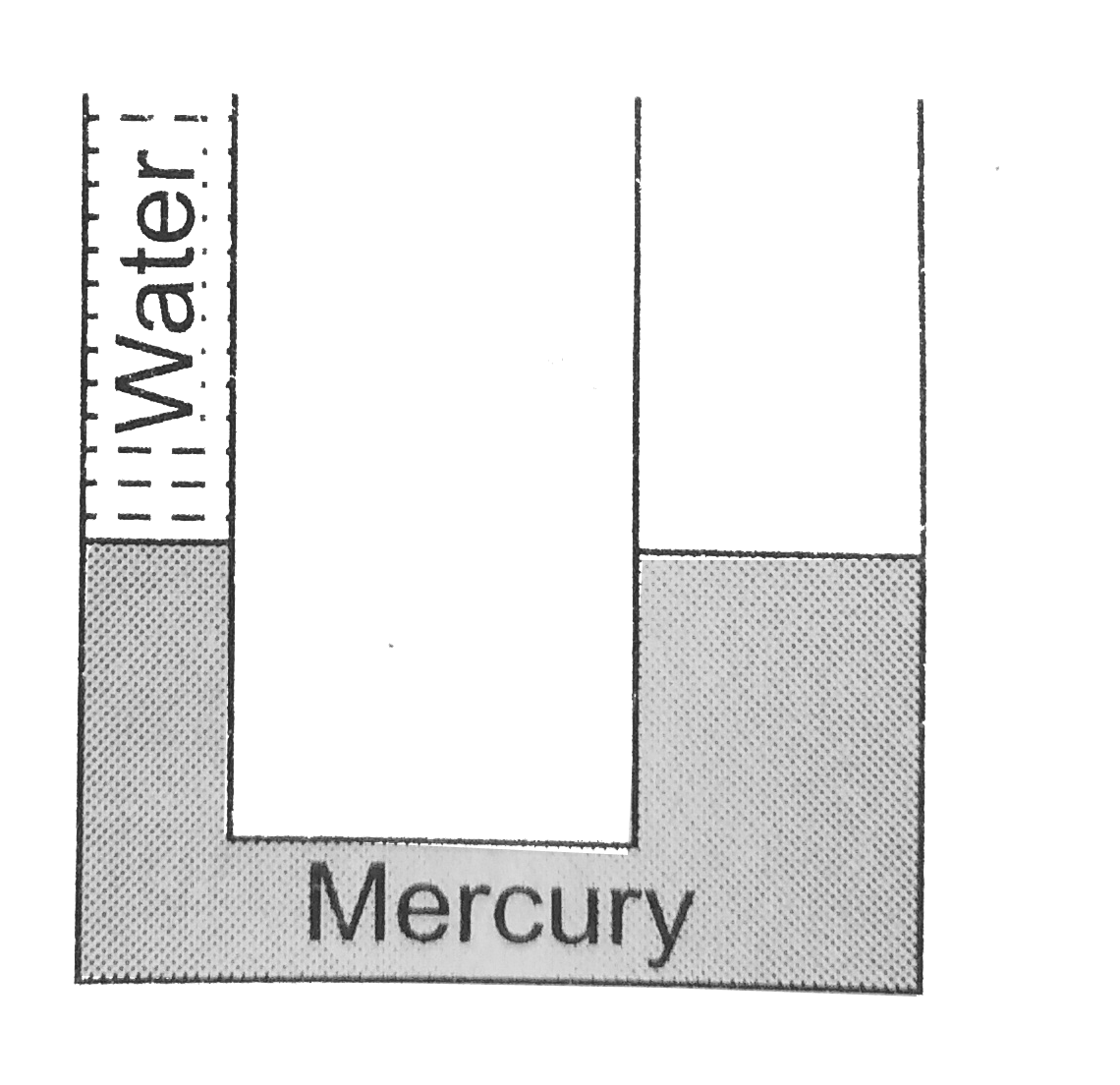A
B
C
D
Text Solution
Verified by Experts
The correct Answer is:
Topper's Solved these Questions
Similar Questions
Explore conceptually related problems
ERRORLESS -FLUID MECHANICS-Critical Thinking
- A U -tube in which the cross - sectional area of the limb on the left ...
Text Solution
|
- A homogeneous solid cylinder of length L(LltH/2), cross-sectional area...
Text Solution
|
- A wooden block, with a coin placed on its top, floats in water as show...
Text Solution
|
- A vessel contains oil (density =0.8gm//cm^3) over mercury (density =13...
Text Solution
|
- A body floats in a liquid contained in a beaker. The whole system as s...
Text Solution
|
- A liquid is kept in a cylindrical vessel which is being rotated about ...
Text Solution
|
- Water is filled in a cylindrical container to a height of 3m. The rati...
Text Solution
|
- A large open tank has two holes in the wall. One is a square hole of s...
Text Solution
|
- A cylinder containing water up to a height of 25cm has a hole of cross...
Text Solution
|
- There are two identical small holes of area of cross section a on the ...
Text Solution
|
- Two communicating vessels contain mercury. The diameter of one vessel ...
Text Solution
|
- A uniform rod of density rho is placed in a wide tank containing a liq...
Text Solution
|
- A block of ice is floating in a liquid of specific gravity 1.2 contain...
Text Solution
|
- A vessel of area of cross-section A has liquid to a height H . There i...
Text Solution
|
